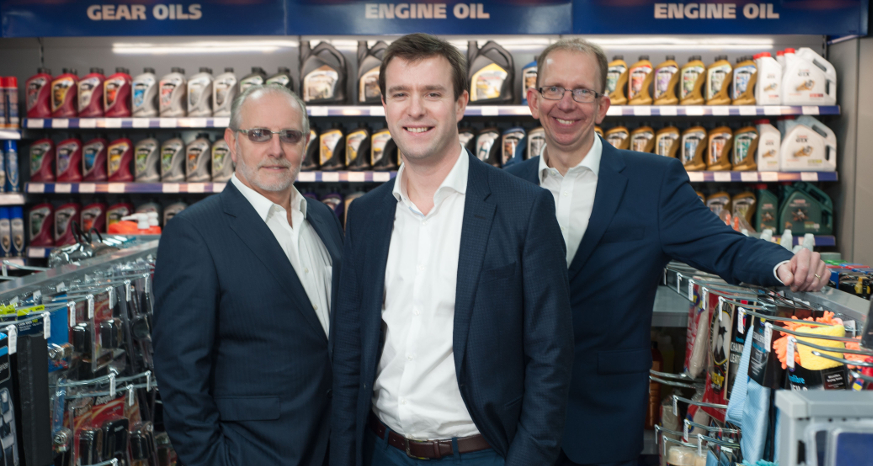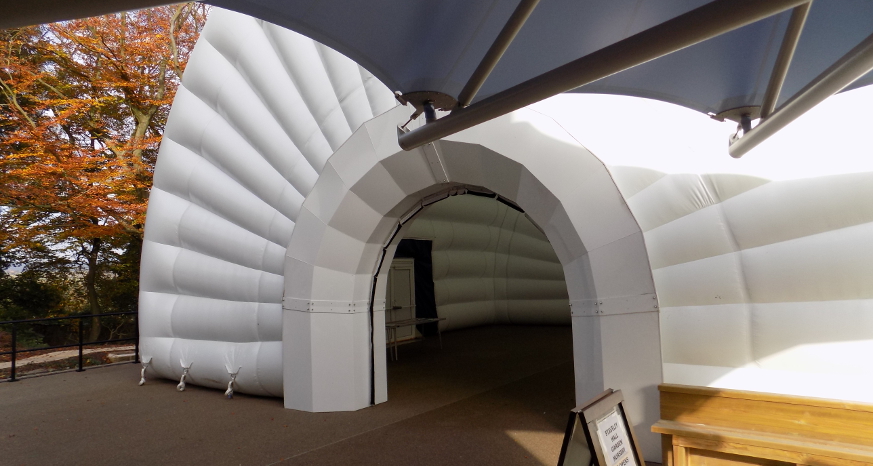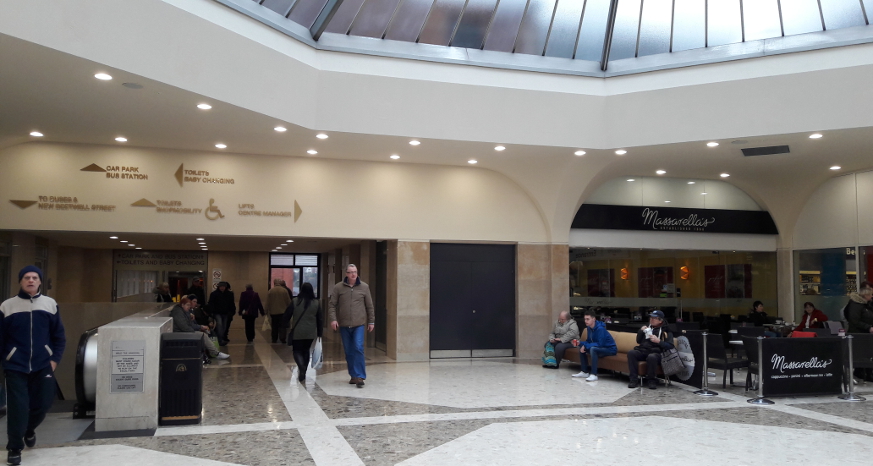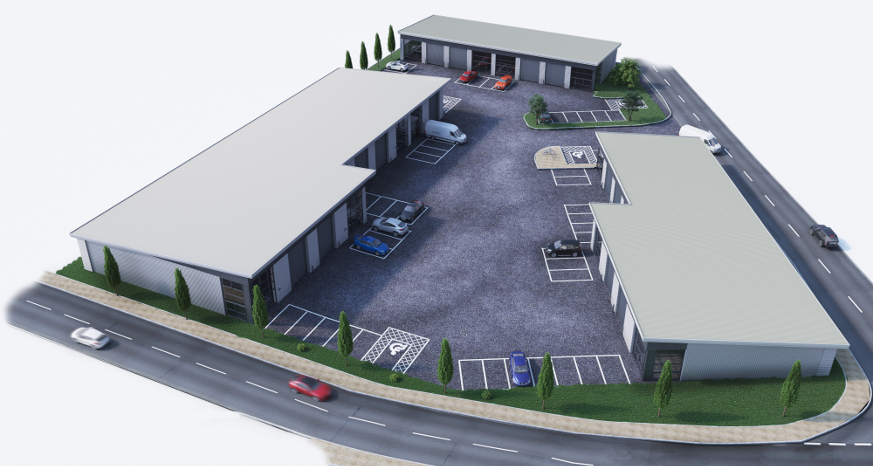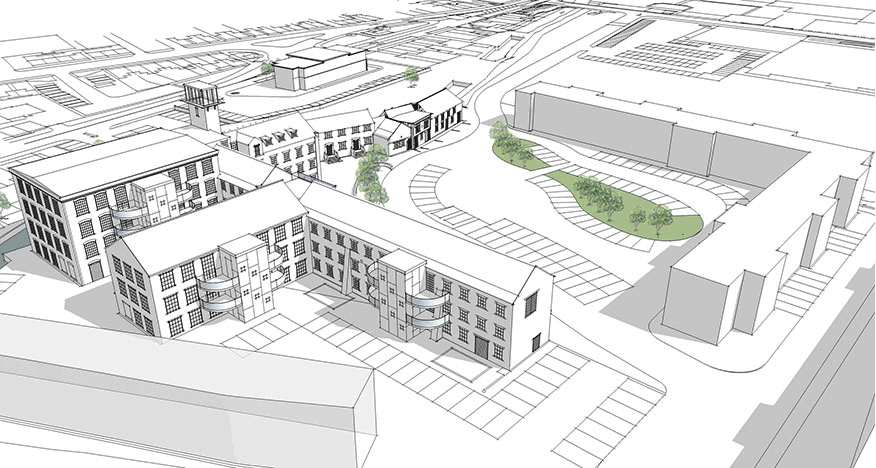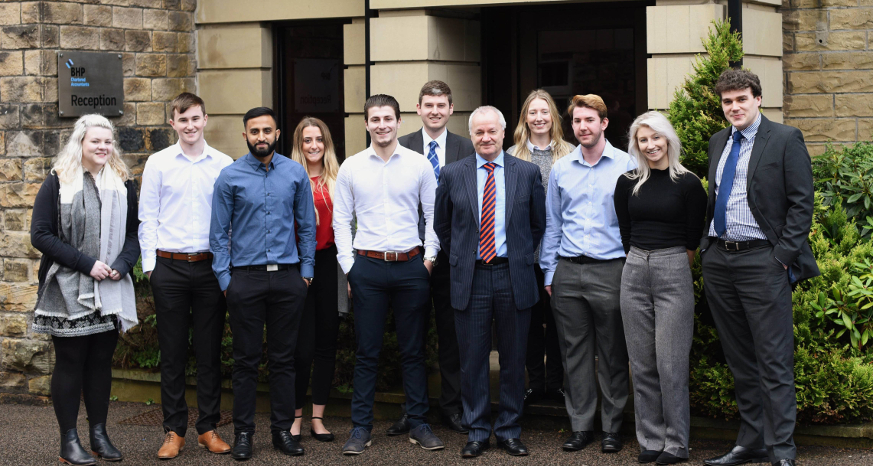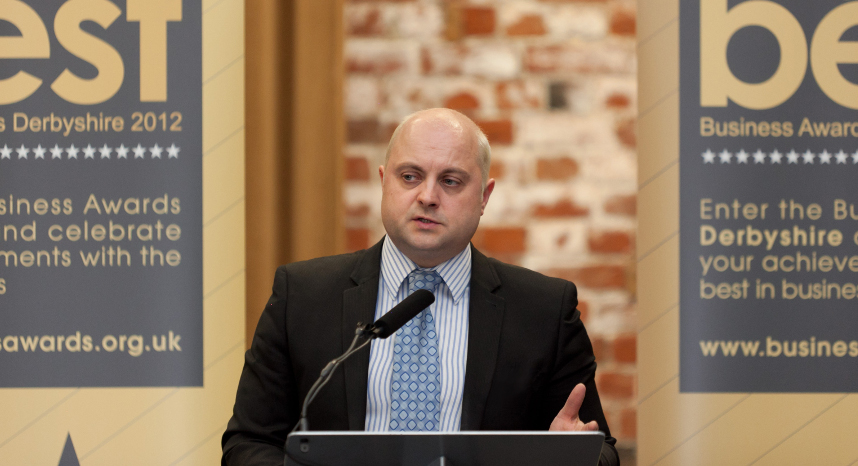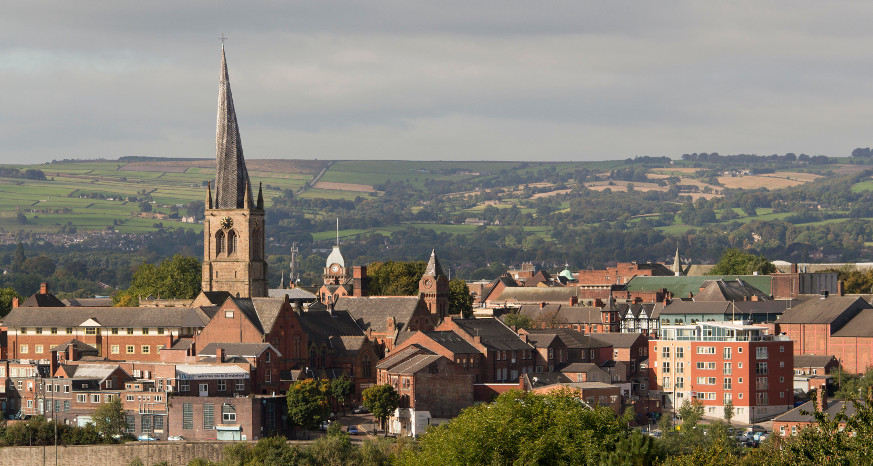Chesterfield Borough Council is seeking the views of interested parties to bring forward the development of the Northern Gateway regeneration scheme.
The council has appointed Chesterfield-based architects WCEC Group to come up with designs of how Elder Way could be developed to make it a more attractive environment for residents, shoppers and visitors.
WCEC is holding meetings with groups including taxi drivers, bus companies and businesses on Elder Way to find out what types of landscape improvements they would like to see in the development of Knifesmithgate, Elder Way and parts of Saltergate outside the former Co-op department store.
No decisions have yet been made on what will be included in the area.
Following the consultation meetings WCEC will produce a proposed design of how the area could be redesigned. The plans will form the basis of a public consultation with residents that will be held in late March.
The landscape improvement works will be partly funded by a £5.83 million grant from the Sheffield City Region Investment Fund.
Councillor Tricia Gilby, Chesterfield Borough Council’s cabinet member for economic growth, said:-
“The Northern Gateway scheme is key to regenerating the northern side of the town centre and is set to create around 500 jobs for local people.
“We are keen to hear the views of groups who work day-to-day in the area to see what improvements will benefit them before gaining the views of residents.
“We are really pleased to be working with a Chesterfield company on this scheme as they have extensive local knowledge and are in the best position to help bring the vision for the site to reality.”
Andy Dabbs, Design Director of WCEC, commented:-
“We are delighted to have been appointed on such an important project in a town that is also our home!
“The importance of this regeneration project cannot be underestimated and we are looking forward to working closely with the council and their stakeholders in delivering what we will be a landmark development for Chesterfield.”
The Northern Gateway scheme will see the development of the former Co-op department store and a new enterprise centre on the site of the current Holywell Cross (Donut) car park to help more local businesses to grow, complementing the existing innovation centres at Dunston and Tapton Park.
The first stage of work has been carried out on the refurbishment of the Saltergate multi-storey car park with further work expected to take place later in the year.


